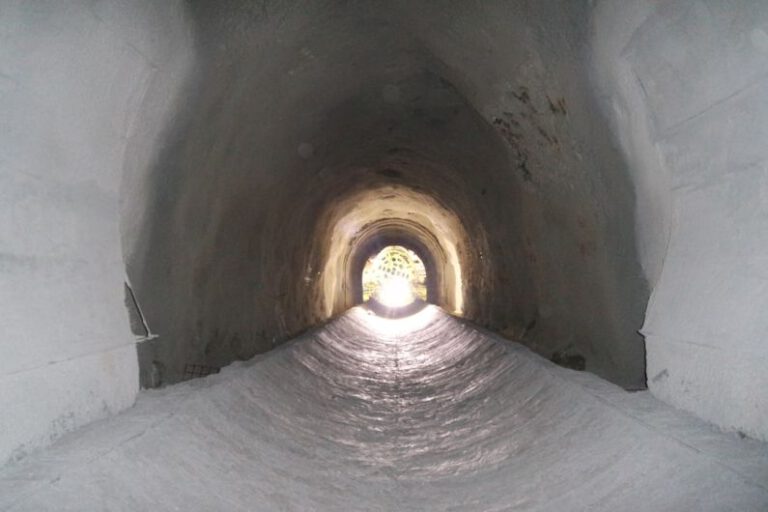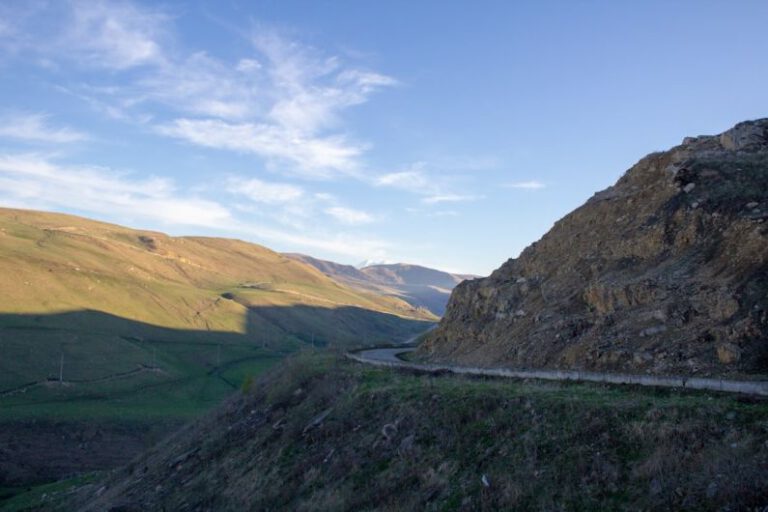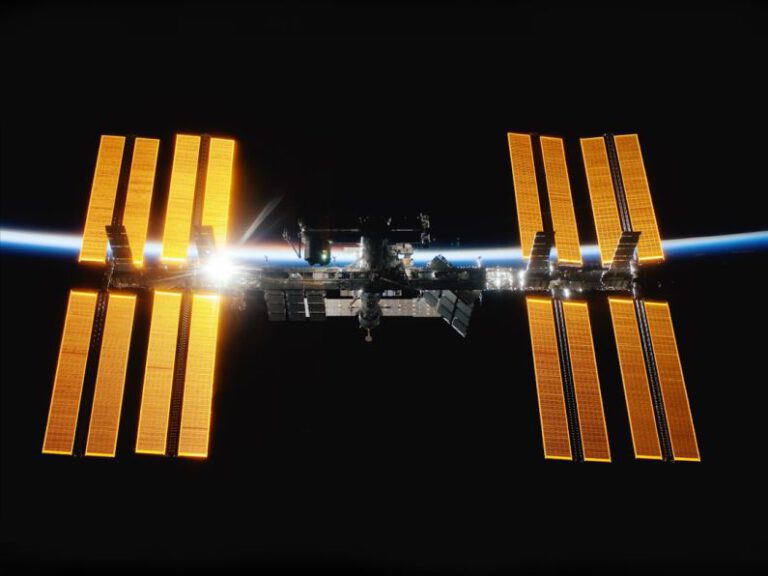The Internet as a Global Project: Laying Undersea Cables
Invisible beneath the vast expanse of the world’s oceans lies a network of undersea cables that form the backbone of the internet, connecting continents and enabling global communication at the speed of light. These undersea cables, often overlooked by the billions of internet users who rely on them daily, are a testament to the ingenuity and collaboration of humanity in creating a truly interconnected world.
**The Birth of Undersea Cables**
The concept of undersea cables dates back to the mid-19th century when telegraph cables were laid across the Atlantic Ocean, revolutionizing communication between North America and Europe. These early cables, consisting of copper wires insulated with gutta-percha, a type of natural rubber, paved the way for the development of more advanced undersea cable technology in the decades to come.
**Modern Undersea Cables: Engineering Marvels**
Today, undersea cables are a marvel of modern engineering, capable of transmitting vast amounts of data over thousands of miles with minimal signal loss. These cables are typically made of bundles of fiber-optic threads encased in layers of protective materials, such as steel wire and polyethylene. The fiber-optic technology used in these cables allows for data to be transmitted as pulses of light, enabling high-speed communication between continents.
**The Global Reach of Undersea Cables**
The network of undersea cables spans the globe, connecting major regions such as North America, Europe, Asia, Africa, and Australia. These cables crisscross the ocean floor, linking countries and enabling the seamless flow of information across borders. Without undersea cables, the internet as we know it would not be possible, as satellite communication alone cannot match the speed and reliability of fiber-optic cables.
**Challenges of Undersea Cable Installation**
The installation of undersea cables is a complex and costly endeavor, requiring specialized ships and equipment to lay and maintain the cables on the ocean floor. Cables must be carefully routed to avoid underwater obstacles such as mountains, trenches, and earthquake-prone zones. Despite these challenges, the demand for greater bandwidth and faster internet speeds has driven the continued expansion and upgrading of undersea cable networks.
**Securing the Future of Undersea Cables**
As reliance on the internet grows, so too does the need to secure the undersea cables that underpin global connectivity. These cables are vulnerable to natural disasters, fishing activities, and even deliberate sabotage. Governments and private companies are investing in technologies to protect undersea cables from these threats, including advanced monitoring systems and physical security measures.
**Looking Ahead: The Future of Undersea Cables**
The future of undersea cables holds promise for even faster and more reliable global communication. Emerging technologies such as 5G networks and artificial intelligence will drive the need for increased bandwidth and connectivity, spurring further investment in undersea cable infrastructure. As the world becomes more interconnected than ever before, undersea cables will continue to play a crucial role in shaping the digital landscape of the future.
**In Summary: The Lifeline of Global Connectivity**
Undersea cables may be hidden from view, but their importance in connecting the world cannot be overstated. These engineering marvels have transformed the way we communicate, conduct business, and access information on a global scale. As we look to the future, ensuring the security and reliability of undersea cables will be essential in maintaining the seamless flow of data that powers our interconnected world.






